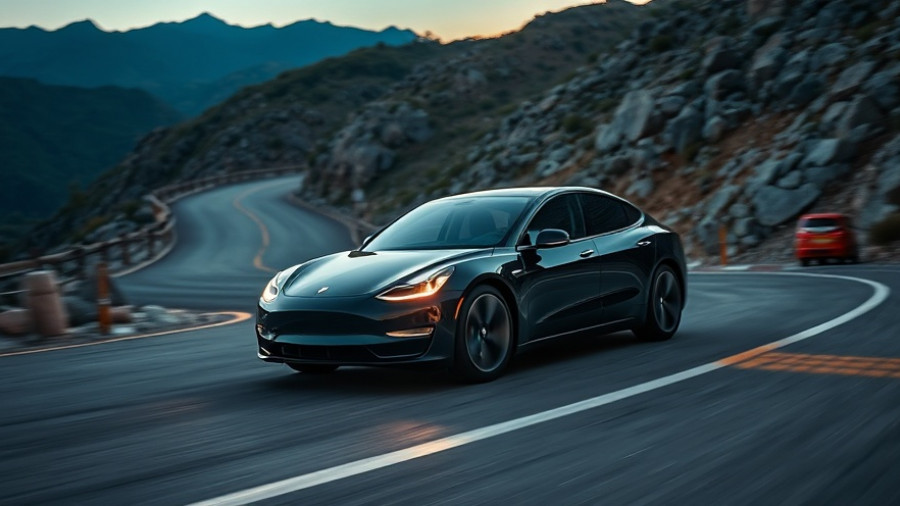
The Rise of Average New Car Prices: A Shift in Consumer Spending
For the first time, the average transaction price for a new vehicle in the United States has surpassed $50,000. This milestone reflects broader trends influencing the automotive industry, particularly the impact of electric vehicles (EVs), which have significantly altered the landscape of car buying. As consumers increasingly gravitate toward EVs, market dynamics are shifting, posing important questions about affordability and accessibility for the average buyer.
Understanding the Price Surge
The surge in average new vehicle prices can be attributed to a combination of factors. Recent analysis from Kelley Blue Book indicates that the average suggested retail price (MSRP) has reached a staggering $52,183, marking a notable 4.2% increase year over year. With over 60 models selling for more than $75,000, high-end vehicles account for a growing share of sales, reflecting consumers' willingness to invest in premium brands.
Experts are pointing to several reasons for this dramatic uptrend. Active demand for full-size electric trucks and hybrids is compounding the situation. Brian Moody of Autotrader highlights how rising prices, tariff implications, and increased mandates for electric vehicle technology have all contributed to consumers facing steeper costs when purchasing new vehicles.
Influence of Electric Vehicles on Pricing
Electric vehicles, in particular, have distinctly shifted average car prices. In September alone, the average transaction price for new electric cars hit $58,124, driven by urgency as consumers rushed to buy before expiring tax incentives. With luxury electric brands leading the way, mainstream consumers might feel the brunt of this inflation. The prevalence of high-end electric vehicles suggests a consumer trend prioritizing sustainability over budget, as many buyers opt for EVs as status symbols rather than economical choices.
Market Trends: Wealthier Households Lead the Charge
Interestingly, the auto market is increasingly fueled by wealthier households who are less affected by rising prices. Erin Keating from Cox Automotive indicates that these buyers have access to favorable financing terms and increased capital, allowing them to continue purchasing without the constraints that middle-income families face. This trend raises broader questions about inclusivity in the EV market and whether middle-class buyers will be priced out entirely.
Future Implications for Consumers
As the average new car price continues to rise, potential buyers may need to shift their strategies. The traditional $20,000 vehicle is becoming a rarity—a factor likely to push price-conscious consumers toward the used car market. Shoppers could find better value in gently used electric vehicles, which are showing robust demand. Price differences reflect an evolving landscape; while new EV prices soar, used models are becoming increasingly favorable due to tax incentives and a wider selection of available models.
Final Thoughts: Adapting to Change
The shift in automotive pricing is not just about numbers; it signals a changing relationship between consumers and their vehicles. As high prices could deter potential buyers, it is imperative for the automotive industry to strike a balance, ensuring access to various price points while encouraging the shift to more sustainable options. Buyers must also educate themselves on market trends, tax credits, and technology to make informed decisions as they navigate this new era of car buying.
In this dynamic landscape, staying informed is key. For those considering their next vehicle purchase, exploring the used EV market could prove beneficial, as it embraces both sustainability and affordability amidst rising new car prices.
 Add Row
Add Row  Add
Add 




Write A Comment